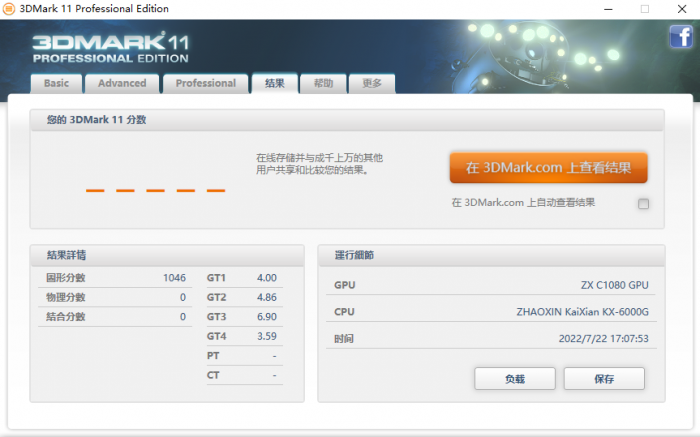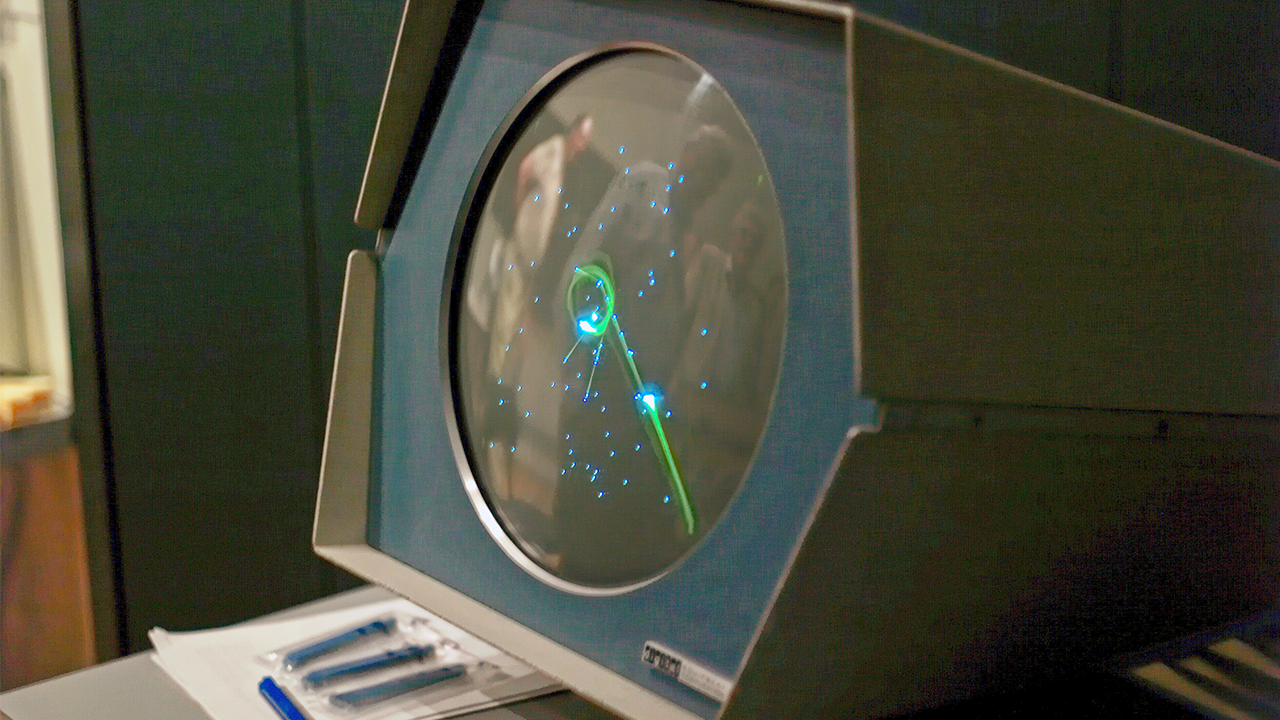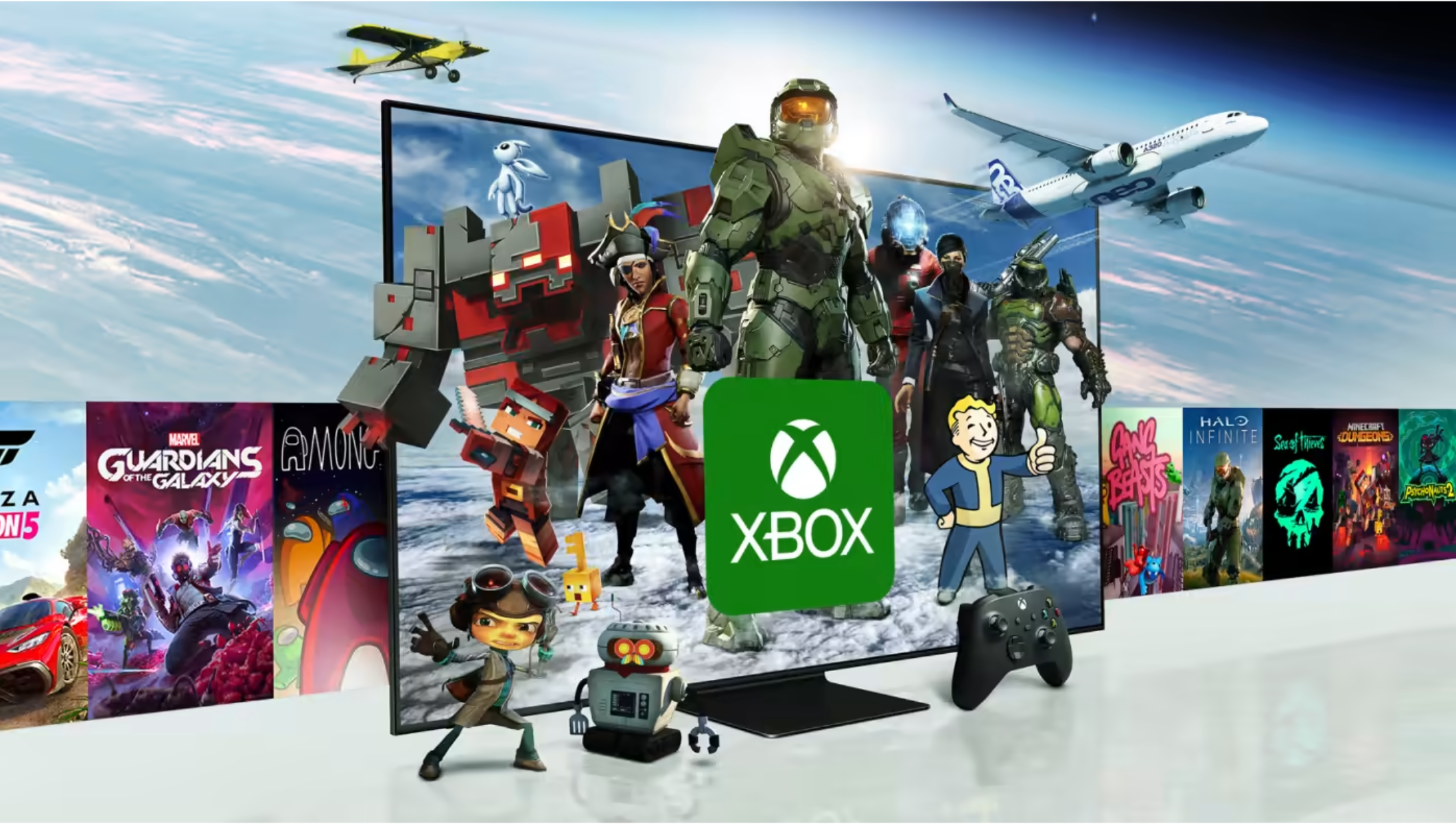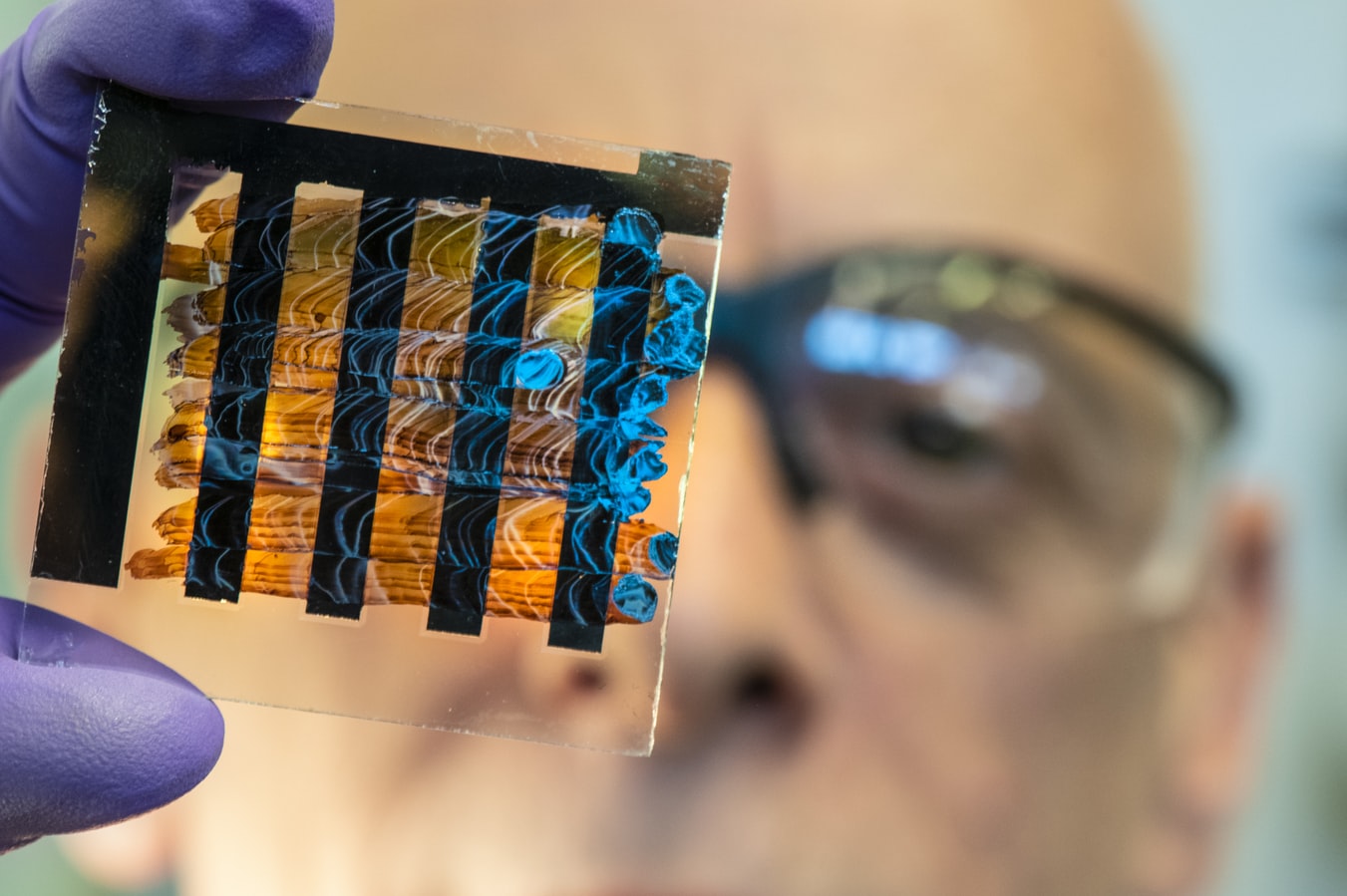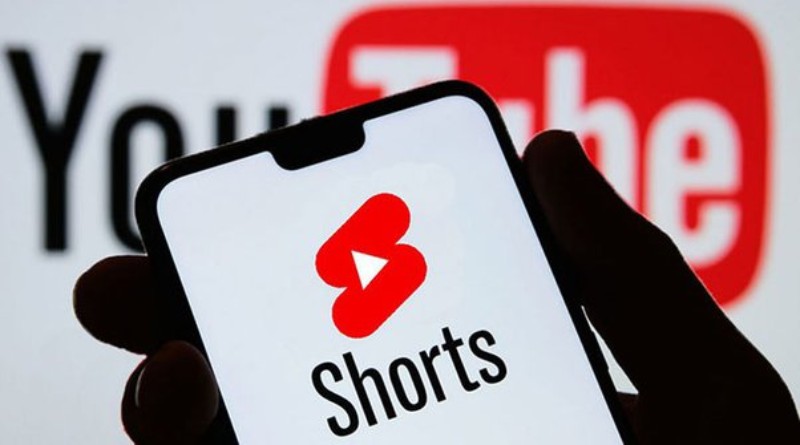YouTube has presented another tool that makes it simpler for creators to transform ordinary videos into Shorts, it is announced locally update. In the event that you have any of your own videos loaded up, you’ll see another tool under “Create” called “Edit into a Short” just inside the primary app. It allows you to choose as long as 60 seconds of the video and bring it straightforwardly into the Shorts editor, where you can add text filters, or extra video, then upload it as a Short.
YouTube needs to increase the quantity of short-structure “Shorts” videos accessible on its platform rapidly to better rival TikTok. To help with this work, the organization is today carrying out another maker tool that transforms existing YouTube videos into Shorts right away. The update, presently accessible on YouTube’s mobile app, allows a video maker to effortlessly choose a section of any video they’ve uploaded beforehand, then, at that point, publish that clip as YouTube Shorts content.
After you upload the Short, it links to the full video it was taken from through the “Created from” interface at the lower part of the video. That allows creators to use Shorts as promo tools for the fundamental video, helping drive perspectives and engagement. Notwithstanding, the tool just chips away at your own substance, dissimilar to Cut, which lets you remix content from any video.
The organization was at that point changing over clients’ uploaded vertical videos under 60 seconds as Shorts videos, regardless of whether the substance had been initially uploaded as a standard YouTube video. (Not all creators were fans of this thought, we ought to note.) Now YouTube is hoping creators will all the more effectively assist with working out the Shorts library considerably further with the launch of this new tool that permits them to clip interesting bits from their more extended videos.
The move might signal the amount YouTube parent Google is stressed over TikTok’s predominance in short-form. Obviously, it doesn’t imagine that allowing YouTube’s Shorts library to become naturally through new, unique substance uploads will be sufficient to contend. All things considered, YouTube has been depending on leveraging its current long-form content to make more Shorts. This April, for instance, YouTube announced that any open YouTube video could be “remixed” into YouTube Shorts except if creators quit.
The new tool, in the interim, basically returns a portion of the capacity to the creators’ own hands.
The updated mobile app allows creators to choose a part of their video as long as 60 seconds long and transform that into Shorts content utilizing similar altering tools they knew all about inside the app, making sense of the organization. On the off chance that their choice is under 60 seconds in length, they can shoot extra videos utilizing the Shorts camera or they can add gallery videos to finish their 60-second Shorts content.
Creators might be propelled to involve the tool for the purpose of producing interest in their long-form content, as YouTube takes note that Shorts made utilizing VOD (video on demand) happy will automatically link back to the first.
YouTube has been touting Shorts’ capacity to drive perspectives to creators’ long-form content as a part of a pattern it alluded to as “the rise of the multiformat creator.” In June, the organization said Shorts had topped 1.5 billion logged-in month-to-month clients yet just had anecdotal data to recommend that Shorts were assisting with developing critical metrics like watch time or subscribers.
Meanwhile, the way that YouTube is leaning so heavily on its current long-form content to work out Shorts recommends a potential absence of maker premium in filming unique Shorts; or it could likewise imply that YouTube eventually still considers more potential to be a long-form platform — yet it imagines Shorts as a marketing mechanism to boost sees for its better-monetized content.
The new Shorts creation feature is rolling out beginning today on YouTube’s mobile app for the two iOS and Android gadgets, the organization says.
YouTube Shorts is currently being watched by over 1.5 billion signed-in clients consistently with in excess of 30 billion day-to-day sees.
The organization said that this update will allow clients to carry new life to their exemplary substance and give them a better approach to connecting with their audience.
Assuming clients select a part of their video that is under 60 seconds, they can shoot extra videos with the Shorts camera as well as upload additional videos from their gallery to make 60 seconds Shorts if necessary.
The organization mentioned that main the first creator will actually want to bring their long-form videos into Shorts as this tool isn’t accessible for different creators to use in their substance.
Shorts made from VODs will link back to the first lengthy structure videos so that individuals watching their Short can see the first video as well.
Google has seen empowerment bring about its initial monetization endeavors on the short-video making stage YouTube Shorts.
The massive progress of TikTok has forced all social media networks to answer somehow or another. Be that as it may, Instagram as of late backpedaled on its TikTok-like full-screen feed and suggested post features following a significant backlash from clients.
YouTube is ostensibly less threatened by TikTok as it offers longer-structure content that draws an alternate audience. The new tool demonstrates the way that it can have its (Short?) cake and eat it as well, however, by allowing creators to offer Shorts as a type of publicity for their essential substance.
How the new feature works
In the event that the client is the creator of the full video, they’ll have the option to carry the clip into the Shorts editor straightforwardly from the YouTube app on iOS or Android to get to all of the editing tools, including text, timeline editor, and filters.
Assuming they select part of the video that is under 60 seconds, they can shoot extra video with the Shorts camera and upload more from their gallery. To shoot or add a gallery video, you’ll have to hit the back arrow once in the altering screen after you’ve picked your video segment.







